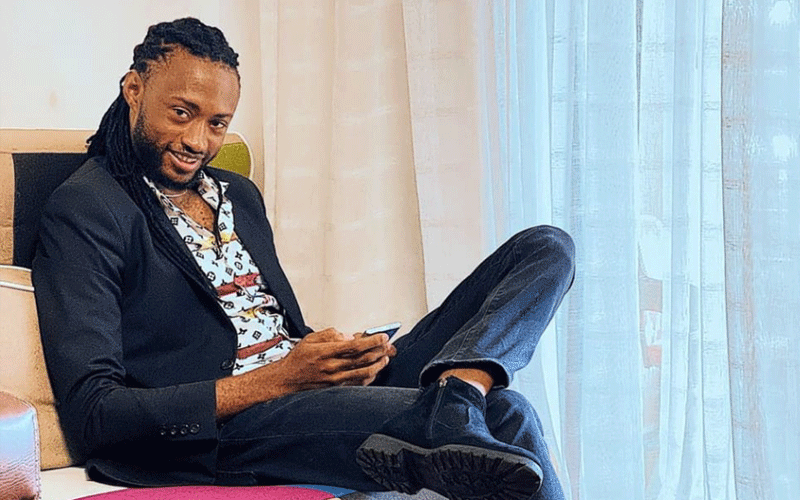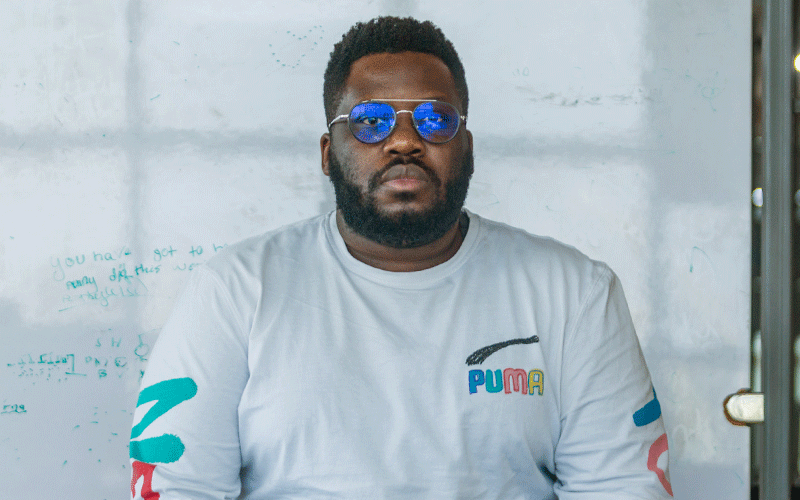Creative directors have rough end of the Covid-19 pandemic
By Jasmine Atieno, August 7, 2020
Creative directors have had to cope with the new challenges posed by the Covid-19 pandemic. And as JASMINE ATIENO writes, they have no option, but to adapt to the new realities
Working in the creative industry requires one to always be on top of their game in keeping ahead of the curve.
As a creative director, the client—be it an artiste or an advertising agent—is not looking to be on the same level with the competition, but they are after a win.
This makes directing in the creative sector one of the most tasking roles, especially during the Covid-19 pandemic.
Jibril Blessing is the creative director behind the TV comedy show, Churchill Show, and a plethora of music videos and TV commercials.
He says the change has been real in the creative TV content production since the onset of the pandemic.
“The scenes have drastically changed, especially in content distribution. Pre-coronavirus crisis, we were dealing with just a few gatekeepers in the mainstream media to drive viewership for our content.
However, with the growth of the digital platforms, the distribution services including streaming and Video on Demand have revolutionised how we distribute content as well as where to find the audience.
“On the other hand, this has meant that we have had to create content with the diverse consumers in mind.
Social media has also greatly changed the scene; for instance, creatives can now build on their audience and drive promotions and sales for their content without big budgets and gatekeepers,” says Blessing.
Lack of funds
To keep up with the change, Blessing adds that the creatives have had to at least achieve the minimums of the industry, which is mostly hindered by the lack of proper funding to be able to produce captivating storylines using the current technology.
Johnny Cash Oyamo is the creative mind behind the award-winning films Twice Upon a Time and The Whistle Blower. He says working as a creative director isn’t a walk in the park.

“By the time I was graduating from The Mohamed Amin Foundation in 2009, I was a young and eager filmmaker ready to conquer the world with my newfound love.
What I didn’t know was that the world is not for the faint hearted and you needed to put your life on the line to make ends meet,” he tells Spice.
He points that with the high advancement of technology, most of the learning has shifted to online platforms such as YouTube and that there is a divide between the people who took years to learn in actual schools and those who took the latter route.
“In this industry, you acquire so much knowledge on the field than on paper.
You could have come from a prestigious school, but you can’t beat the director who has been in 15 production sets.
In this field it’s never about papers, but what you’ve done; how many end credits your name has been stamped on.
When I was in school, stories took the day; how you told a story and not the equipment you used.
We are fighting to get the next best equipment, but our story telling is still wanting.
The broadcast industry is still focused on getting cheap productions from abroad instead of investing on the Kenyan stories,” quips Oyamo.
He says with the pandemic, creatives are now looking into different arenas to still keep the story telling alive, whilst jumping onto whatever small thing they can get their hands on for survival.

Paul Otieno aka Pau Shinski is one of the top creative directors in commercial photography and film in the country.
For him, the biggest change and hit so far has been the Covid-19 pandemic.
“The ground has shifted. Nothing will ever be the same again. It’s almost a forced change, not organic.
The creative industry players have had to adjust themselves to meet the reality on the ground, and owing to the fact that the new reality is still redefining itself,” he says.
He adds that what is rarely seen is the amount of work that goes on in the background.
Ads have to be conceptualised, written down and then produced. The work normally involves so many people in the delivery chain, which has since changed.
New normal
“Whereas we had up to 10 people on set for say a product shoot, we have to have one or two, and clients have to trust the executing creative to deliver on the work. It’s crazy.
The upside though is that we are seeing an upsurge of creativity and content execution.
A lot more people are doing the most they can with what they have at their disposal,” says Pau.
Christopher Kinyua also known as Cnote has been in the film industry for more that 10 years.
He has worked on numerous projects on different levels from filming to broadcast content marketing and currently directing a travel show that will be aired soon.
He intimates that there have been constant changes over the years, especially this year, the biggest being online content consumption.
“The demand for creating and consuming content on online platforms has been on the rise over the years.
But this year, especially after the Covid-19, it became the only solution for many brands and individuals; talk of other doors closing and new ones opening.
Unfortunately, on the other hand, numerous film production projects were put on hold and if they were to resume maybe due to the new norm of social distancing, the number of people in each film production set might be reduced too,” shares Cnote.
John Wasonga is a theatre creative director for Jukwaa Arts Productions and also a content and creative creator.
He was recently among the 50 artists that received a grant from Africalia for Creativity is Life residency.
He has created and directed for seven years, with a large portfolio of theatre plays such as Black Milk, Lessons From the Wild, Drowning Fish, Colorless Flowers, Who Killed Change?
Wet Water and Beautiful Trouble. Throughout his working experiences, he shares, there have been many changes, but the hit from the Covid-19 pandemic has been like no other he has ever experienced.
“Coronavirus has brought a different challenge on the table for many artists. At first, just like everyone else, I went into panic mode.
We had to stop all our projects due to the government ban on public gatherings.
As a creative director, my work is mainly to provide artistic solutions and I had to think of a way out.
So, we embarked on changing tact, but continue doing what we love. Before the pandemic, everything—or most of our jobs—were physical,” he says.
The first change that had to be made was the showcasing platform. As opposed to having a physical show at their Studio Space, it had to shift online.
“In a recent project, we shot our theatre performances and shared it with our audience on a WhatsApp group.
Normally, the plays should be performed in front of a live audience.
Meetings with artistes and potential clients are carried out either on Skype, Zoom or Goggle Meetings.
Our space, Jukwaa Arts Centre can presently only allow few people for rehearsals due to the social distancing and we still cannot have any performances since the bans haven’t been lifted yet,” says Wasonga.
Global village
Theatre actor and director Mlaghui Kulola says she has had to adapt to the unending changes in the industry over time. For her, the world is becoming a global village, so one has to adapt to the changes.
“When I started pursuing the arts as a career, only talent mattered, but as the years go by, I have had to hone my craft by taking classes, participating in workshops and working with other artists in various fields.
Marketing and social media are also skills that an artist or any person involved in creative arts has to learn. These were not things you had to know in the past,” she says.
She adds that with the pandemic, one has to learn how to use the Internet to put their work out there, communicate with the audience, follow trends and be up to date on technological advancements in regards to the arts.
“This year, I am finishing my script for Voiceless, which I have signed a non-disclosure agreement for, so I cannot reveal much,” Kulola shares.
Many up and coming directors have depended on online lessons in perfecting their crafts.
Director Krawlay is one of the best and youngest directors taking over the music scenes. He says the sudden online shift hasn’t caught him off his balance.
“To keep my game on top, I look on three things; fashion, graphics and effects.
Generally, everything in the film industry has evolved from logistics to software and equipment.
Therefore, one has to be updated to be relevant in the industry, especially on quality.
Also, one has to be creative and unique so as to be on top of the game,” shares Krawlay.
Director WB concurs with Krawlay’s sentiments, saying that making the full use of the drastically changing technology on equipment to achieve the best results.
“Things have really changed, new equipments are being introduced and it calls for creatives to learn how they function. One needs to keep updating themselves on what’s new.
I have done 20 films since January, but the pandemic has changed the number of projects that are coming in.
Also, the movement restrictions have made it hard for us to access different parts of the country and abroad,” says WB.